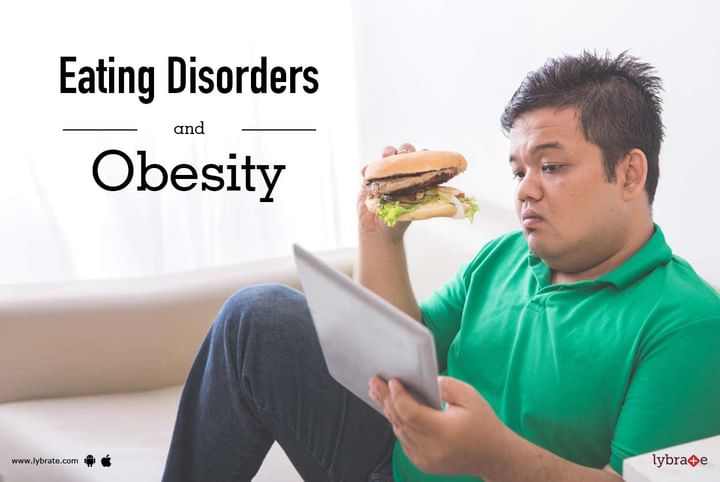Eating Disorders and Obesity
The prevalence of childhood obesity has increased dramatically over the past few decades, and obesity during adolescence is associated with significant medical morbidity during adulthood. Eating disorders and obesity are usually seen as very different problems, but actually share many similarities. Eating disorders (EDs) are the third most common chronic condition in adolescents, after obesity and asthma.
In fact, eating disorders, obesity, and other weight-related disorders may overlap as girls move from one problem, such as unhealthy dieting, to another, such as obesity. Understand the links between eating disorders and obesity and promote healthy attitudes and behaviors related to weight and eating.
What is an Eating Disorder?
Eating Disorders describe illnesses that are characterized by irregular eating habits and severe distress or concern about body weight or shape. Eating disturbances may include inadequate or excessive food intake which can ultimately damage an individual’s well-being. The most common forms of eating disorders include Anorexia Nervosa, Bulimia Nervosa, and Binge Eating Disorder and affect both females and males.
Signs & Symptoms of an Eating Disorder:
A man or woman suffering from an eating disorder may reveal several signs and symptoms, some which are:
- Chronic dieting despite being hazardously underweight
- Constant weight fluctuations
- Obsession with calories and fat contents of food
- Engaging in ritualistic eating patterns, such as cutting food into tiny pieces, eating alone, and/or hiding food
- Continued fixation with food, recipes, or cooking; the individual may cook intricate meals for others but refrain from partaking
- Depression or lethargic stage
- Avoidance of social functions, family and friends. May become isolated and withdrawn
- Switching between periods of overeating and fasting
What are the health risks associated with these disorders?
- Stunted growth.
- Delayed menstruation.
- Damage to vital organs such as the heart and brain.
- Nutritional deficiencies, including starvation.
- Cardiac arrest.
- Emotional problems such as depression and anxiety.
What is Obesity?
Obesity means being overweight by the accumulation of excess fat within the body. Obesity is defined to some extent by measuring Body Mass Index (BMI). People become obese by consumption of excess calories, imbalance between calories intake and calories outgoing, leading a sedentary life, lack of sleep , disturbances in lipid metabolism and intake of medications that put on obese.
What are the risks associated with obesity?
Obesity increases the risk for:
- High blood pressure
- Stroke
- Cardiovascular disease
- Gallbladder disease
- Diabetes
- Respiratory problems
- Arthritis
- Cancer
- Emotional problems such as depression and anxiety
How eating disorder and obesity are related?
Eating disorders and obesity are part of a range of weight-related problems.
- Body dissatisfaction and unhealthy dieting practices are linked to the development of eating disorders, obesity, and other problems.
- Binge eating is common among people with eating disorders and people who are obese.
- Depression, anxiety, and other mood disorders are associated with both eating disorders and obesity.
- The environment may contribute to both eating disorders and obesity.
Healp adolescents develop healthy eating habits:
- Healp children learn to control their own eating.
- Offer children a variety of healthy foods at meal and snack times.
- Eat dinner together as a family most days of the week.
- Be aware of your child's emotional health or else consult a psychologist
- Encourage children to participate in sports, dance, swimming and other physical activities.
- Counteract harmful media messages about body image.
The splendid approach:
The approach should be quite simple. A proper diet plan, nutritious foods and fruits with proper exercise can do a world of good to you.



+1.svg)
